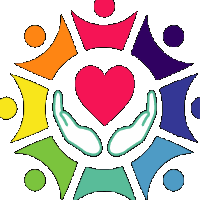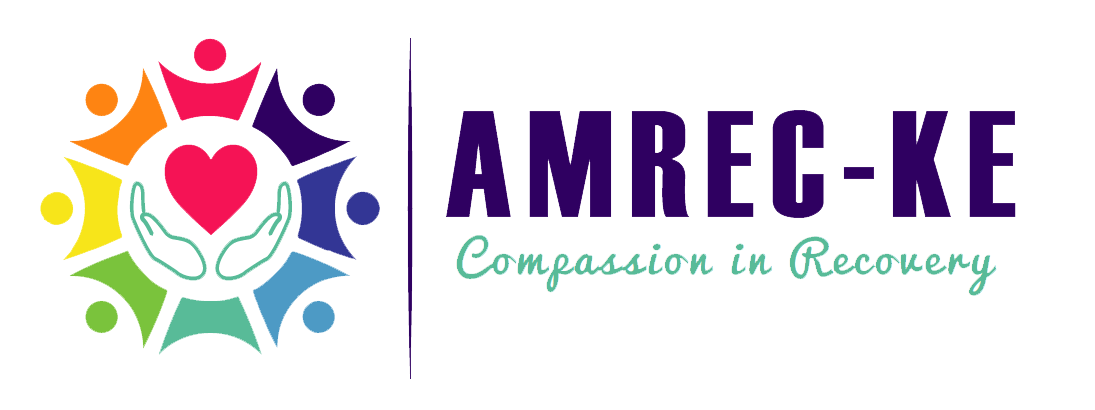

The term “stimulant” refers to a substance that increases physiological or neurological activity in (the body or any biological system). A substance known as a central nervous system stimulant raises the concentrations of specific brain chemicals, resulting in an increase in mental and physical energy, alertness, and physical activity.
CNS stimulants “speed up” or overstimulate the body by increasing blood pressure, heart rate, and body temperature. These substances heighten the user’s alertness by raising blood pressure, respiration, heart rate, and blood glucose levels. Additionally, they cause an increase in heart rate, blood pressure, and respiration rates.
Examples of CNS stimulants include: cocaine, “crack” cocaine, amphetamines, and methamphetamine (“crank”).amphetamines (speed and ice), caffeine, ecstasy (MDMA – methylenedioxymethamphetamine), nicotine (tobacco), Adderall, Ritalin, Synthetic Marijuana
DISCLAIMER: ONLY A MEDICAL PRACTIONER CAN PRESCRIBE THESE DRUGS TO YOU, ANY NON-MEDICAL USE OF THE DRUG IS CONSIDERED AS RECREATIONAL HENCE AN OVERDOSE

Uses of CNS stimulants
For a long time, CNS stimulants have been used to treat various physical and mental health disorders, including :
- ADHD (attention deficit hyperactivity disorder)
- Narcolepsy
- Shift work disorder
- Chronic lethargy
- Neonatal apnea
- Obstructive sleep apnea
- Obesity
- Postural orthostatic tachycardia syndrome (POTS)
- Treatment-resistant depression
- Sleep disorders and neurological disorders.

Signs and Symptoms of Stimulant Abuse
Despite the fact that everyone responds differently to drugs, there are common symptoms to look out for.
They include:
- Deceptive behavior, lying or stealing
- Meeting with multiple doctors in an attempt to gain multiple prescriptions for stimulants
- Visiting websites to order stimulants without a prescription
- Exhibiting excessive energy or motivation
- Aggressive or angry outbursts
- Risky or impulsive behaviors
- Changes (usually decreases) in appetite
- Twitches or jitteriness
- Rapid heartbeat
- Elevated blood pressure
- Weight loss
- Hair loss
- Sweating
- Skin problems
- Hyperfocus
- Flight of ideas
- Enhanced sensory awareness
- Racing thoughts
- Confusion
- Paranoia
- Hallucinations
- Delusions
- Poor judgment and decision-making
- Anxiety
- Depression
- Mood swings
- Anger/aggressiveness
- Increased confidence

Precautions
Like any other drug, it is important to give your doctor a history of your health before being prescribed CNS stimulants. Tell your doctor if you have any of the following before taking a CNS stimulant:
- Heart problems, including heart defects and heart rhythm problems
- High blood pressure
- Heart attack or stroke
- Glaucoma
- Thyroid problems
- Kidney or liver disease
- Seizures
- Tourette’s syndrome
- Agitation
- Depression or other mental health disorders
- Drug abuse or alcohol addiction

Effects of CNS Stimulants
CNS stimulants can cause different side effects. Different factors, such as dosage, age of the treated person, and the specific medication prescribed can affect the occurrence of side effects.
Short-Term Effects
The short-term effects of stimulant abuse include:
- Headache and migraine
- Restlessness
- Insomnia
- Anxiety or nervousness
- Loss of appetite
- Weight loss
- Dry mouth
- Upset stomach
- Increased sweating or itching
- Increased activity
- Irregular heartbeats
- Hyperthermia.
Long term effects
Severe CNS stimulant side effects may include:
- Abnormal heart rhythm (arrhythmia)
- Rapid heartbeat (tachycardia)
- Heart palpitations
- Chest pain
- High blood pressure
- Seizures
- Shortness of breath
- Psychosis
- Paranoia
- Blurred vision
- Cardiac arrest
- Addiction and dependence
- Anxiety disorders
- Visual and auditory hallucinations, and paranoia.

Symptoms and duration of stimulant withdrawal
Different people will experience different stimulant withdrawal symptoms, which are greatly influenced by usage histories. Symptoms usually appear a few hours after the last usage, however they might sometimes appear a day later. The majority of withdrawal symptoms reach their climax approximately a week after stopping use. Post-acute withdrawal symptoms like weariness, depression, insomnia problems, and mood fluctuations can linger for weeks or even months.
Early stage (Days 1-3)
- Anxiety
- Agitation
- Fatigue
- Body Aches
- Feelings of Unhappiness
Middle stage (Days 4-10)
- Sleepiness
- Severe Fatigue
- Depression
- Insomnia
- Irritability
Late stage (Days 11+)
- Poor sleep
- Poor concentration
- Anxiety
- Depression
- Mood Swings
Getting help

Follow us on our social media handles:
References
NCI Dictionary of Cancer Terms. (n.d.). National Cancer Institute. https://www.cancer.gov/publications/dictionaries/cancer-terms/def/cns-stimulant
Kaleta, E. (2020). Central nervous system stimulants. Toxicology Cases for the Clinical and Forensic Laboratory, 227-238. https://doi.org/10.1016/B978-0-12-815846-3.00014-4
singlecare.com. (n.d.). https://www.singlecare.com/drug-classes/cns-stimulant
Recovery Centers of America. (2022, February 4). Stimulant Withdrawal Symptoms & Timeline. https://recoverycentersofamerica.com/detox/stimulant-withdrawal-timeline/
Lemu Wanjiku
Counselling Psychologist
AMREC Kenya

